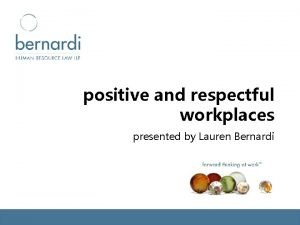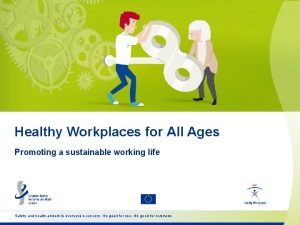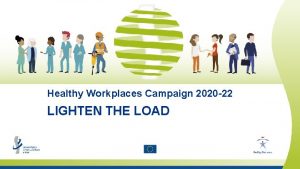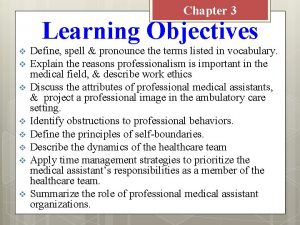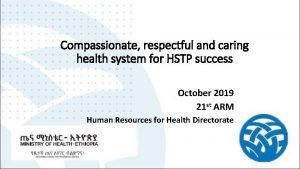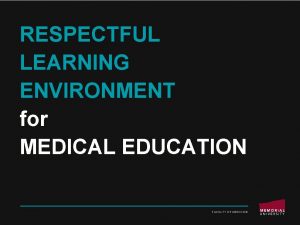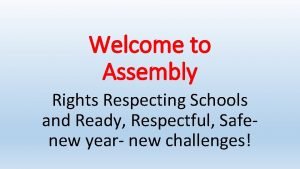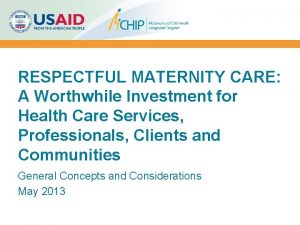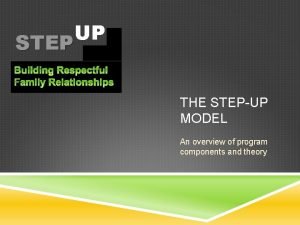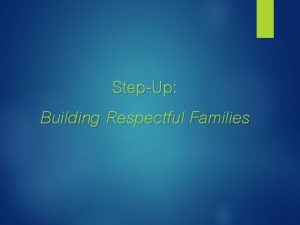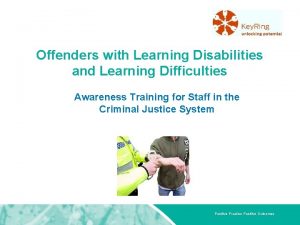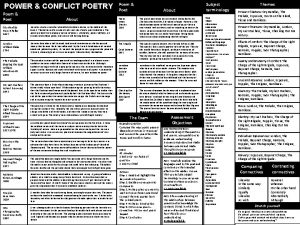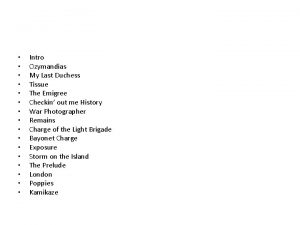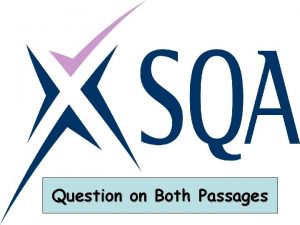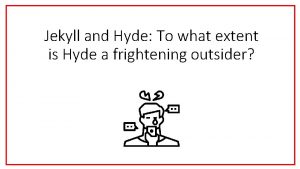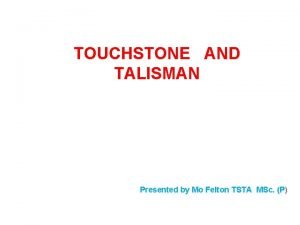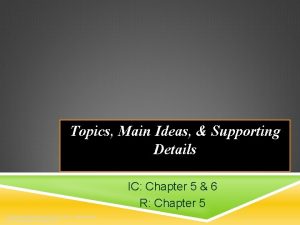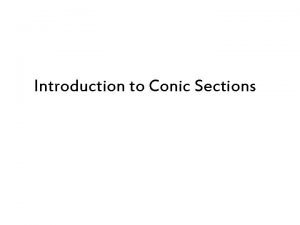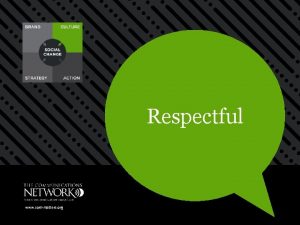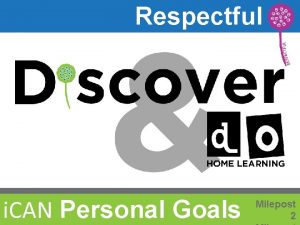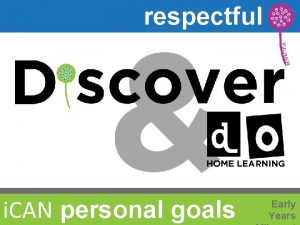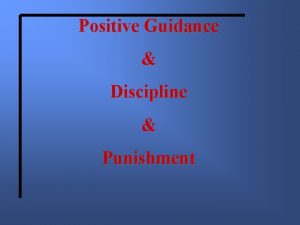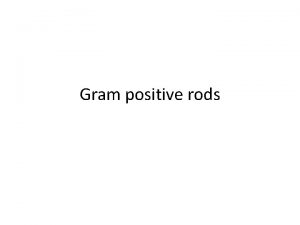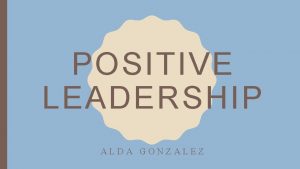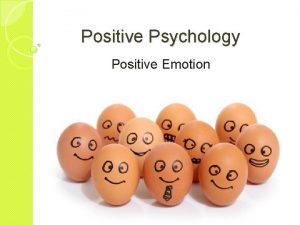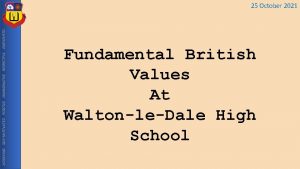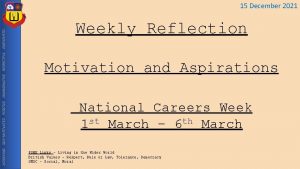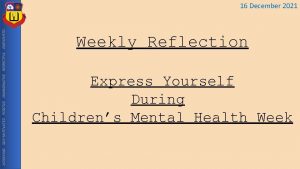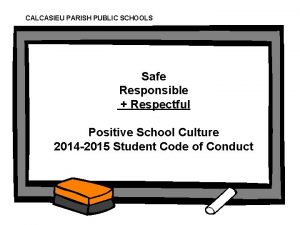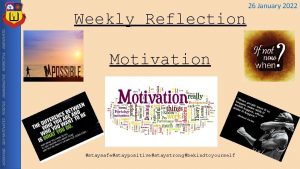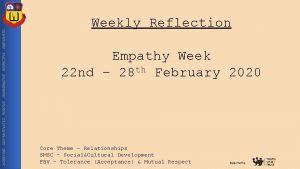positive and respectful workplaces presented by Lauren Bernardi

positive and respectful workplaces presented by Lauren Bernardi

overview • why respect matters • sources of harassment • impact • creating a positive and respectful workplace 2

psychologically safe workplaces

psychosocial factors Organizational Culture Involvement and Influence Clear Leadership and Expectations Civility and Respect Psychosocial Competencies and Requirements Engagement Recognition and Reward Protection of Physical Safety Growth and Development Psychosocial Support Psychological Protection Balance Workload Management

organizational factors Organizational culture Psychological protection Engagement Clear leadership and expectations Protection of physical safety

job related factors Growth and Development Recognition and Reward Balance Workload Management Involvement and Influence

interpersonal factors Civility and Respect Psychosocial Competencies and Requirements Psychosocial Support

harassment in the workplace

types of harassment

discriminatory harassment • sexual harassment • harassment based on gender identity and gender expression • racial harassment • workplace bullying

verbal • verbally abusive behaviour such as screaming or yelling • insults and name calling • swearing and using offensive language • using a disrespectful tone of voice • mocking or mimicking someone

non-verbal • using disrespectful body language such as sneering, smirking or a cocky smile • staring or glaring • turning away from the target before he or she finished speaking • crossing arms aggressively • finger pointing

physical • slamming a hand down on the table • throwing temper tantrums • workplace pranks • tampering with someone’s work area or equipment

psychological • being dismissive • cyber bullying • gaslighting • character assassination • Jekyll and Hyde behaviour

group behaviour • turning others against the target • exclusion or ostracizing someone • gossip and nitpicking about someone

poisoned working environment • hostile, intolerable work environment • disrespectful behaviour that’s not targeted at an individual

why is there an epidemic of bad behaviour?

18

19

It started with this… 20

21

And also this… 22

23

sources of harassment

managers coworkers public council targets

continuum of participation Active Supporters Bully Passive Supporters Active Participants Passive Enablers Active Enablers

impact of harassment

psychological harassment • effects minimized • can be more devastating and have longerterm effects than physical abuse • internalized victims work harder to fix the problem

organizational impact • legal liability • increased turnover • increased absenteeism/presenteeism • low morale • decreased productivity • difficulty recruiting employees

challenges in creating a respectful workplace

we all have different comfort zones

the reality gap

gossip

negativity

passive aggression

unresolved conflict

attribution error (assuming the worst)


confirmation bias (we look for evidence to support our pre-existing beliefs)

creating a positive workplace

policies • Respect in the Workplace • Code of Conduct (council and staff) • positive workplace 41

education • council and staff • respectful engagement • conflict resolution • communication skills 42

address dysfunctional teams • identify the troublemakers • encourage bystander interventions • make sure managers manage • create a team charter 43

act on complaints immediately • investigation • internal vs. external • mediation • only if it is between equal parties 44

don’t sweat the small stuff! 45

The only person you can change is yourself Be the change

Video: Unsung Hero

questions positive and respectful workplaces
- Slides: 48
